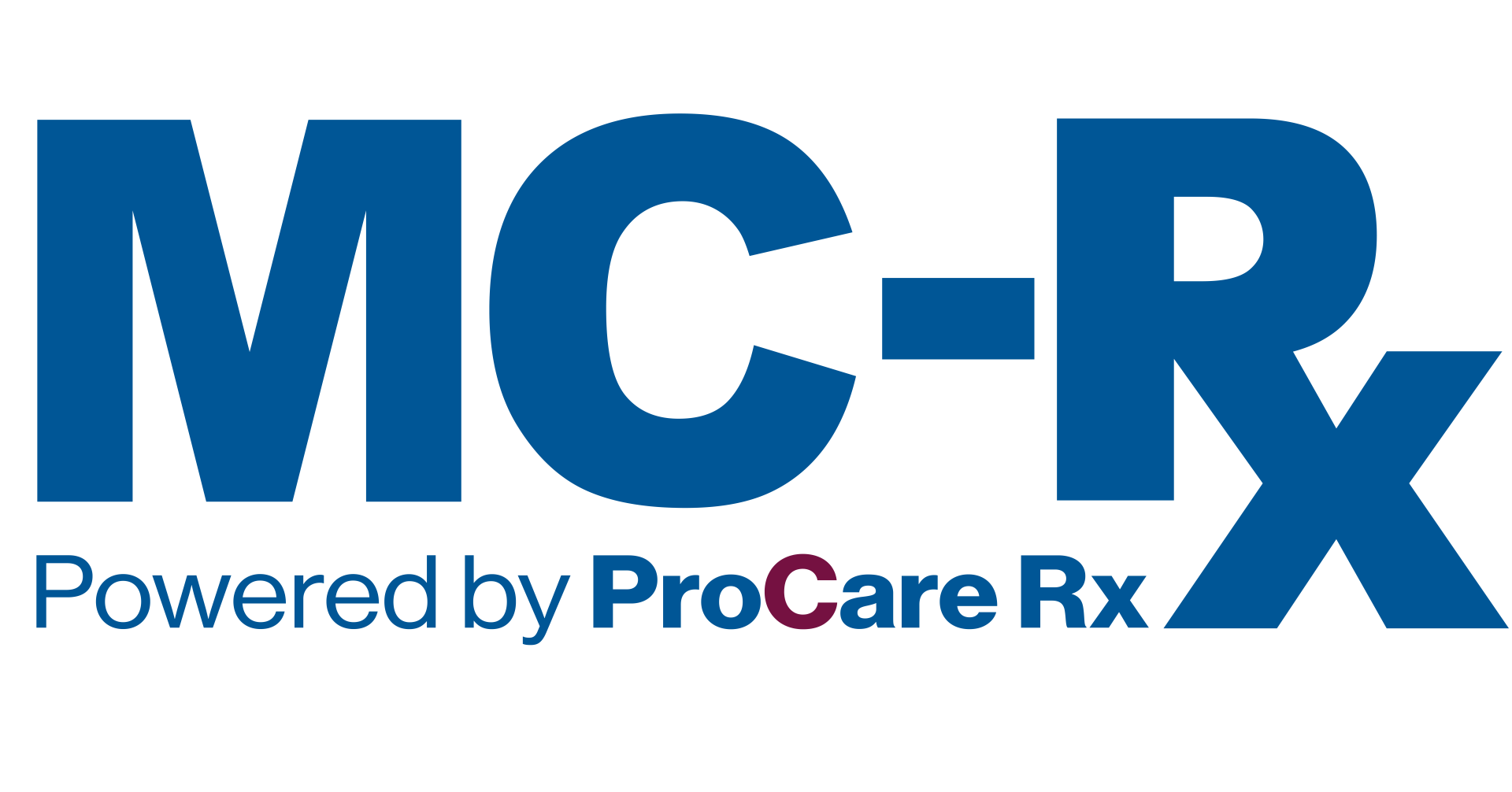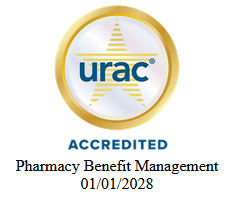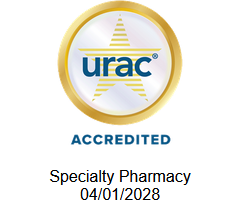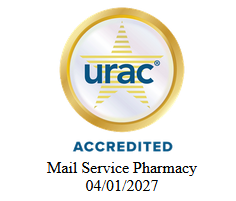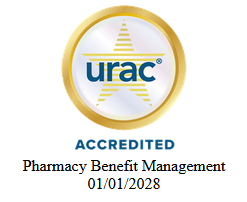Know your Pharmacy Benefit Management (PBM) Pharmacist
Pharmacists are medication experts that play a critical role in helping patients achieve optimal results from their medications.

Some of the tasks that pharmacists perform include preparing and dispensing prescriptions, ensuring medications and doses are correct, preventing potentially harmful drug interactions, and counseling patients on the safe and appropriate use of their medications, among other responsibilities. Also, pharmacists are considered the most accessible healthcare professionals.
Most people are familiar with the role of the community pharmacist. Community pharmacists provide services in an independent or chain retail pharmacy. They interpret, dispense, verify, and provide medication counseling regarding the appropriate and correct use of your medications. They also have an important role in vaccination efforts for influenza, pneumonia, COVID-19, and others.
In addition, pharmacists may have other roles in the healthcare industry within the different fields in which they may work. These fields include:
- Hospital Pharmacy, inpatient and/or outpatient setting
- Pharmaceutical Industry
- Academia (i.e. school, college or university)
- Research
- Managed Care (Pharmacy Benefit Management (PBM), Managed Care Organization (MCO), Health Plans)
- PBM: The intermediary between employers, MCOs, beneficiaries, drug wholesalers, pharmacies, and drug companies, working to optimize cost-effective strategies to achieve the best possible health outcomes.
- MCO: A managed care organization (MCO) is a healthcare provider or group of medical service providers who offer managed care health plans. It is an organization that contracts with insurers or self-insured employers, and finances and delivers healthcare using a specific provider network and specific services and products.
- Health Plan: An individual or group plan that provides or pays the cost of medical care.
- Government (Food and Drug Administration (FDA), National Institute of Health (NIH), Military)
- Specialty Pharmacy: Pharmacists who work in specialty disease states such as oncology, organ transplant, inflammatory conditions, or infectious disease, and are trained to be experts on complex drug therapy regimens that usually require close monitoring and follow-up with patients and providers.
- Mail Order Pharmacy: Pharmacists that work in a pharmacy setting in which prescription medications are sent to the patient by mail.
MC-Rx
is a
Pharmacy Benefit Manager (PBM), a company that manages prescription drug benefits on behalf of health insurers, Medicare Part D drug plans, large employers, and other payers. PBMs are your advocates in the healthcare system working to ensure the appropriate, most effective, and safe medications are available to beneficiaries. A PBM optimizes the formulary (a list of prescription drugs covered by a health plan) according to scientific evidence and clinical guidelines. Optimal formulary design and management services offered by PBMs help achieve lower prescription drug costs for patients and payers. The PBM pharmacist focuses on managing medication-specific outcomes in a way that drives down total health utilization costs and improves patient care.
A PBM pharmacist works with clients (e.g. health plans, employers, MCOs) to evaluate and improve their pharmacy benefit. The responsibilities of a PBM pharmacist may include:
- Formulary and Drug Utilization Management – Managing the list of medications covered by the health plan and monitor prescription drug trends.
- Coordinating and participating in the Pharmacy and Therapeutics Committee (P&T) – The P&T committee is a multidisciplinary team that evaluates effectiveness and safety of medications in order to make evidence-based decisions for disease management. P&T committees are generally composed of the following disciplines: physicians with specialties in different areas of medicine and pharmacists.
- Account Management – The responsibilities of an account manager include retaining client (e.g. employers, MCOs, health plan) business by identifying strategic growth opportunities based on the client’s formulary design. An example may be offering effective drug management tools (e.g. prior authorization criteria or quantity limits) to ensure cost-effective access to medications.
- Prior Authorization Process – Pharmacists evaluate the prescriptions based on the diagnoses and supporting documentation sent by the pharmacy/physician to determine the appropriate use of the medication according to the patient/beneficiary pharmacy coverage.
- PBM pharmacists ensure the pharmacy benefit plan provides individual patients with medications that are: clinically appropriate, cost effective, and delivered through the appropriate channel; for example, via specialty pharmacy, retail pharmacy, or mail order pharmacy.
MC-Rx PBM pharmacists are committed to serve beneficiaries by ensuring access to the best care and achieving optimization of their pharmacy benefit.
References:
https://www.commonwealthfund.org/publications/explainer/2019/apr/pharmacy-benefit-managers-and-their- role-drug-spending
https://www.mc-rx.com/



